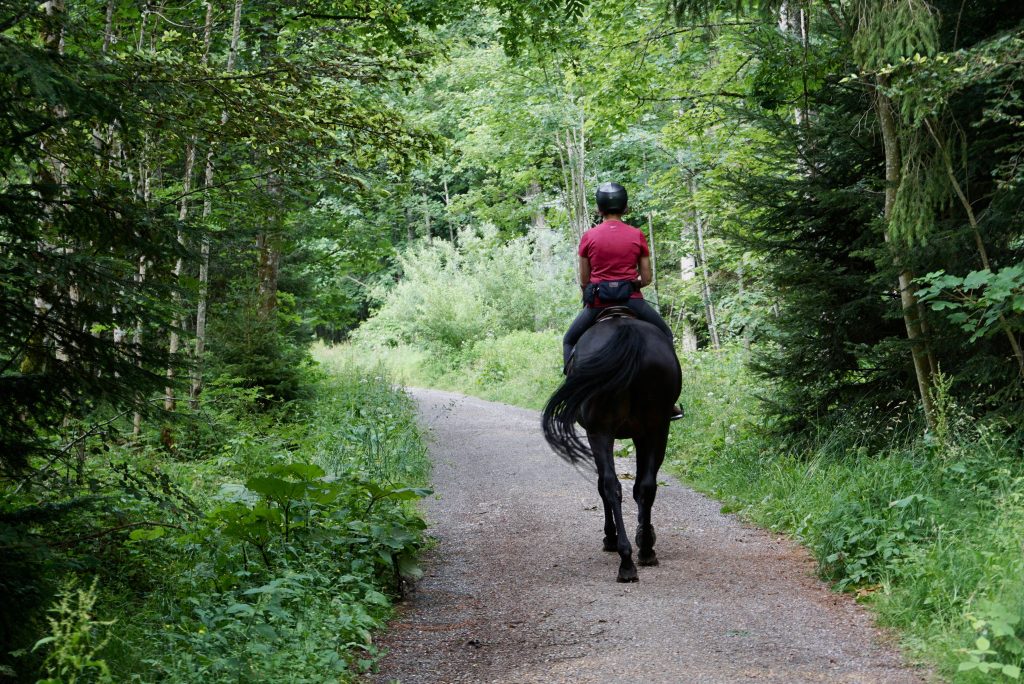To ensure the utmost safety during horseback riding activities, it is crucial to wear an equestrian helmet, as it provides specialized protection tailored to equestrian falls and potential hazards. However, this practice poses significant safety concerns. Let’s delve into the crucial differences between bicycle helmets and equestrian helmets, emphasizing the importance of proper head protection for both equestrian facilities and riders.
ASTM Approved and Other Safety Standards
When purchasing a riding helmet, you might notice the term “ASTM Approved,” which refers to the American Society for Testing and Materials (now known as ASTM International). Additionally, equestrian helmets may meet other safety standards such as Snell (SEI-International), PAS015 (Product Approval Specification in Great Britain), or VG1 (Europe). Each equestrian helmet manufacturer must adhere to one of these four international safety standards, ensuring optimal protection. On the contrary, bicycle helmets lack the specific safety features required for equestrian activities.
Equestrian Helmet: Understanding the Distinctive Protective Features
Designers primarily create bicycle helmets to protect against falls from bicycles, which usually happen at a height of around five feet. As a result, these helmets focus their protection on the front, as most bicycle falls involve forward motion.
In contrast, equestrian helmets are tailored to withstand falls from horses, which can occur from a height of approximately ten feet. These helmets provide additional protection on the sides and back of the head, crucial for safeguarding riders from side or backside falls. Moreover, equestrian helmets feature a hard, outer shell to withstand impacts from unpredictable animals, such as horse kicks or sharp hooves. Bicycle helmets, made with a micro-shell, lack this level of durability and protection.
Helmet Testing and Impact Coverage
Helmet safety goes beyond appearance, with testing laboratories determining specific test areas for helmets based on the type of sport they are designed for. Different helmet standards, such as those for motorcycle, bicycle, or equestrian use, precisely define the extent of the helmet that must meet impact standards.
For equestrian helmets, they have a lower test line area for impact on the head compared to bicycle helmets, offering more comprehensive coverage. Additionally, equestrian helmets undergo additional tests, such as penetration and lateral crush tests, to assess the possibility of sharp hooves or other hazards coming into contact with the helmet.
The Vital Role of an Equestrian Helmet in Ensuring Rider Safety
Considering that horseback riding is a leading cause of sports-related traumatic brain injuries, it is crucial to prioritize equestrian-specific helmets that meet the necessary safety standards. Wearing an ASTM, PAS015, Snell, or VG1-approved equestrian helmet significantly reduces the risk of head injuries during riding activities. Additionally, make sure to professionally fit, regularly inspect, and replace your helmet every five years to preserve its effectiveness and protective properties.
With the welfare of riders at heart, it’s essential to educate the equestrian community about the significance of wearing proper equestrian helmets during all horse-related activities. By making informed helmet choices, we can safeguard riders’ well-being and cherish the joy of equestrian pursuits with enhanced safety and confidence.

